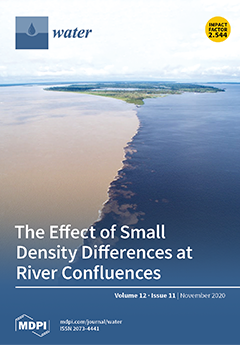Carbon and nitrogen contents and their isotopic components, and AMS (Accelerator Mass Spectrometry) radiocarbon dating ages, were measured for 57 coastal sediments from Weizhou Island to analyze the distribution of total inorganic carbon (TIC) and its carbon and oxygen isotopic components (
δ13C
carb and
δ18O
carb), total organic carbon (TOC) and total nitrogen (TN) contents and their stable isotopic components (
δ13C
TOC and
δ15N
TN), and their environmental significance. The results showed that the oldest age of coastal sediments on Weizhou Island was 2750 cal. a BP (before present), and the average TIC contents of cores A1, A2, B1, C1, and D1 in the intertidal zone were all greater than 5%, where
δ13C
carb and
δ18O
carb were enriched, whereas the TIC contents in cores A3, C2, and D2 of the supra-tidal zone were low, where
δ13C
carb and
δ18O
carb were depleted. Moreover, TIC decreased sharply, 4.95% on average, to close to zero from the estuary to the upstream region in the C1-C2 section. The average C/N ratio was 7.02, and
δ13C
TOC and
δ15N
TN were between −14.96‰ and −27.26‰ and −14.38‰ and 4.12‰, respectively. These measurements indicate that the TIC in coastal sediments mainly came from seawater. Cores A1, A2, and B1 in the northern intertidal zone exhibited organic terrestrial signals because of C
3 and C
4 plant inputs, which indicates that the important source on the northern coast of Weizhou Island came from island land but followed the decrease in C
3 plants. The lacustrine facies deposits were mainly distributed in the upper reaches of the river, the northern coastline was advancing toward the sea, and part of the southwestern coastal sediments rapidly accumulated on the shore under the influence of a storm surge. The relative sea level of the Weizhou Island area has continuously declined at a rate of approximately 2.07 mm/a, using beach rock as a marker, since the Holocene.
Full article





